When we think about size in the animal kingdom, some creatures stand out above the rest. From the deep blue oceans to the expansive savannahs, the diversity of life is astounding. In this article, we'll explore the top 10 largest animals in the world, arranged from the biggest to the smallest.
Size: Up to 100 feet (30 meters)
Weight: Up to 200 tons
The blue whale is not just the largest animal alive today; it’s the largest animal to have ever existed on Earth. These magnificent creatures can reach lengths of up to 100 feet and weigh as much as 200 tons. A single blue whale's heart can weigh as much as a small car! They primarily feed on tiny shrimp-like animals called krill, consuming around 4 tons daily during feeding season.
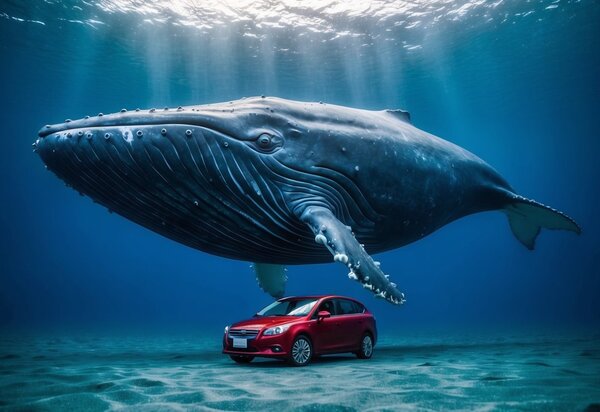
Size: Up to 13 feet (4 meters) at the shoulder
Weight: Up to 12 tons
The African elephant is the largest land animal. Males can reach heights of up to 13 feet and weigh as much as 12 tons. Their impressive tusks can grow up to 10 feet long, and they play a crucial role in their ecosystems by helping to maintain the habitats they inhabit.
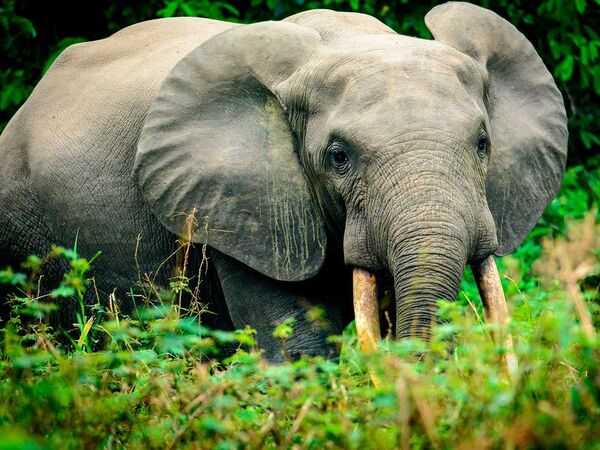
Size: Up to 23 feet (7 meters)
Weight: Up to 2,200 pounds (1,000 kg)
The saltwater crocodile is the largest living reptile, with males often reaching lengths of up to 23 feet. These formidable predators can be found in coastal regions across Southeast Asia and northern Australia. They have the strongest bite force of any animal, making them apex predators in their habitats.
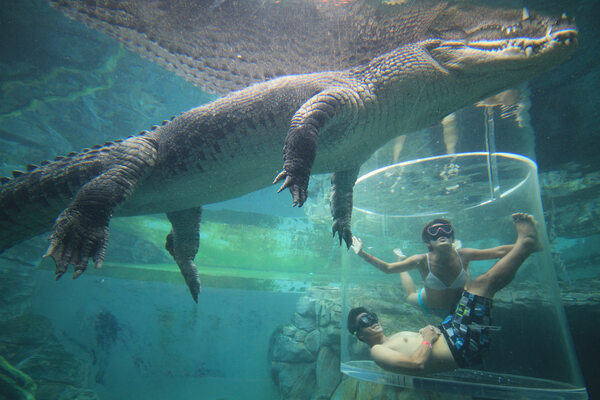
Size: Up to 18 feet (5.5 meters)
Weight: Up to 2,800 pounds (1,270 kg)
The giraffe is the tallest land animal, with males standing up to 18 feet tall. Their long necks allow them to reach high branches and leaves. Interestingly, they have the same number of neck vertebrae as humans—only seven!
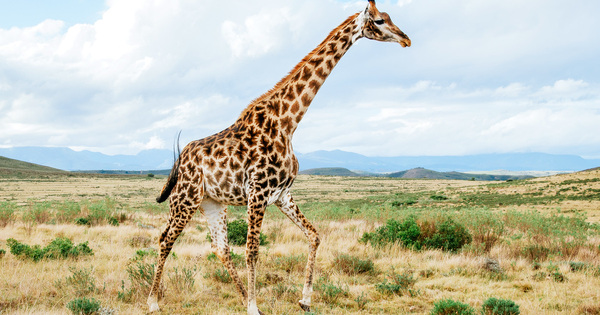
Size: Up to 60 feet (18 meters)
Weight: Up to 57 tons
The sperm whale is the largest toothed predator in the world. Males can grow to be 60 feet long and weigh up to 57 tons. Known for their deep-diving capabilities, they can dive over 3,280 feet in search of food, primarily squid.
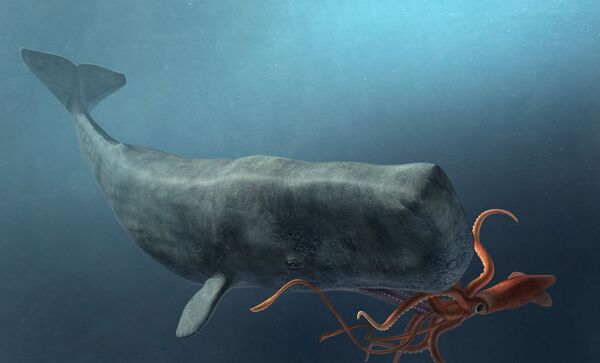
Size: Up to 46 feet (14 meters)
Weight: Approximately 1,000 pounds (450 kg)
The colossal squid is one of the largest invertebrates, measuring up to 46 feet long, including its tentacles. Found in the deep Antarctic waters, it has large eyes, some of the biggest in the animal kingdom, measuring up to 10 inches across.
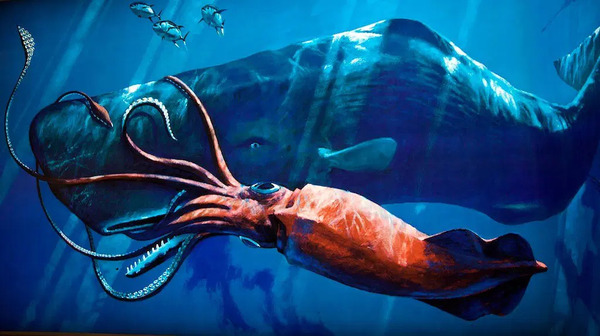
Size: Up to 10 feet (3 meters) when standing
Weight: Up to 1,500 pounds (680 kg)
Brown bears are among the largest terrestrial carnivores, with males weighing between 600 and 1,500 pounds. They can stand up to 10 feet tall when on their hind legs, making them a formidable presence in their habitats across North America and Eurasia.
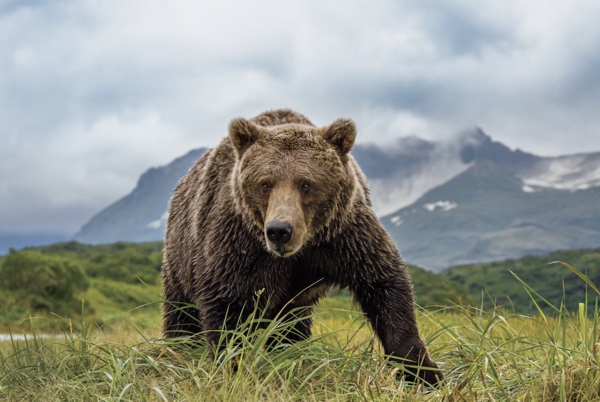
Size: Up to 60 feet (18 meters)
Weight: Up to 15 tons
The whale shark is the largest fish in the world, capable of reaching lengths of up to 60 feet. These gentle giants are filter feeders, primarily consuming plankton. They are found in warm waters globally and are a popular attraction for divers.
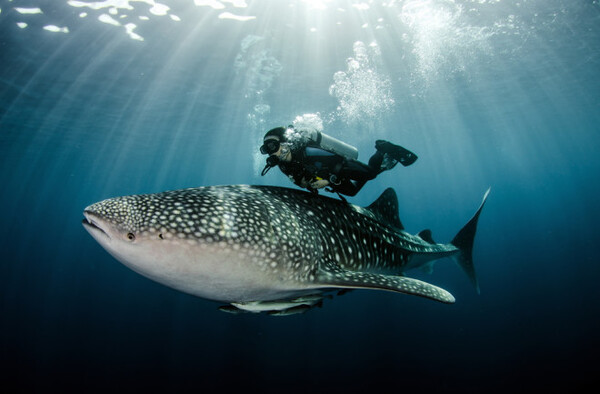
Size: Up to 16 feet (5 meters) long
Weight: Up to 4,000 pounds (1,800 kg)
The hippopotamus is one of Africa's largest mammals, weighing up to 4,000 pounds. Despite their bulk, hippos are agile swimmers and spend much of their time submerged in rivers and lakes to keep cool.
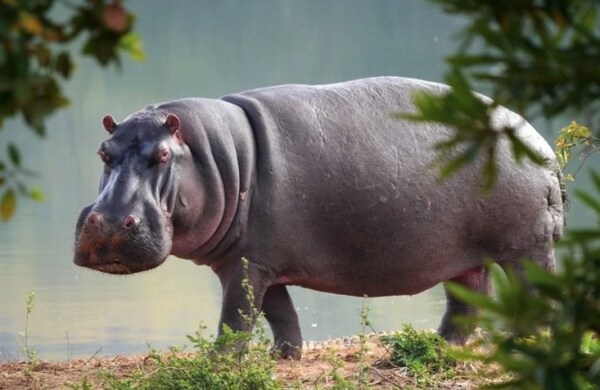
Size: Up to 30 feet (9 meters)
Weight: Up to 550 pounds (250 kg)
The green anaconda is the largest snake by weight and length, with some individuals reaching lengths of up to 30 feet. They are found in the swamps and rivers of South America and are known for their strength and ability to consume large prey.
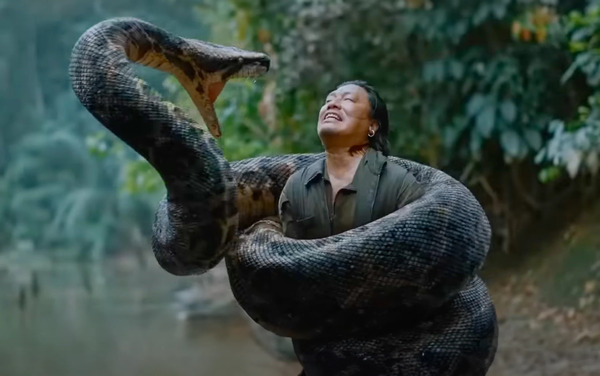
From the majestic blue whale to the impressive anaconda, the animal kingdom boasts incredible giants that inspire awe and curiosity. Understanding these creatures not only highlights the diversity of life on our planet but also underscores the importance of conserving their habitats for future generations.
animal tags: Biggest Blue-Whale
We created this article in conjunction with AI technology, then made sure it was fact-checked and edited by a Animals Top editor.
you may also like

A turtle's sensitivity can affect their behavior and health, so some turtle owners may consider ways to reduce their turtle's sensitivity. Here are some native methods:1. Increase the breeding area: If the turtle’s living space is too small, it will easily cause stress and anxiety, thereby...

Cat hair loss is a normal physiological phenomenon, and they usually shed their hair during the change of seasons. However, if you think your cat is shedding excessively or unusually, here are some suggestions to help reduce your cat's shedding: 1. Healthy diet: Make sure...

To raise good fish, water quality is very important. Here are some water quality management tips for fish farming:1. Change water regularly: Changing water regularly can remove contaminants and prevent water quality from deteriorating. It is recommended to change 10%~20% of the water every week.2. F...

There are many kinds of poisonous animals in the world, which may cause varying degrees of harm to humans and other organisms. Here are some common venomous animals:1. Venomous snakes: such as cobras, rattlesnakes, vipers, etc. Their venom can cause bleeding, hemolysis, nerve paralysis and other sym...

Lifelong mating or "monogamy" is a rare but interesting phenomenon in the animal kingdom. This behavior means that some animals live and reproduce with only one partner throughout their lives and maintain a stable partnership throughout their lives. Although this phenomenon is not common i...
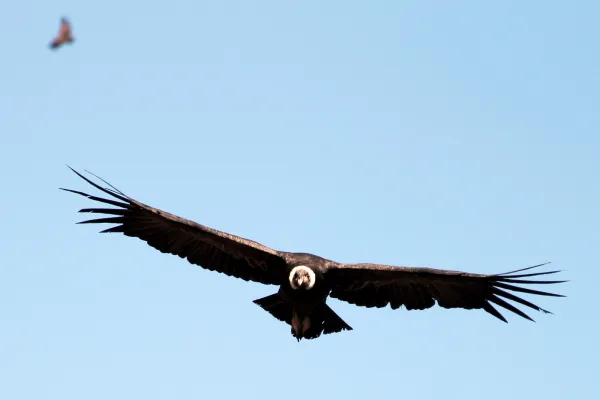
Large animals are often the most affected by human activities, and among them, the Andean condor (Vultur gryphus) has suffered some of the greatest losses over the last century. Continuous persecution, habitat destruction, and conflicts with humans have drastically reduced its population, placing th...

Pudding Dog is a fictional character often used in illustrations, cartoons, or entertainment works. Therefore, Pudding Dog's specialties can vary depending on the settings of different creators. Here are some examples of possible Puddingdog perks: 1. Cuteness and Charming...

Many animals feed on pests and help maintain ecological balance, including: Dragonflies and butterflies: They are insect predators and feed mainly on a variety of small insects and pests. Spiders: Many spider species feed on a variety of insects, such as flies and mosquito...
Email: jsset668#gmail.com (change # to @) Please indicate your purpose of visit! Guangdong ICP No. 2022053326 XML| map| Chinese

